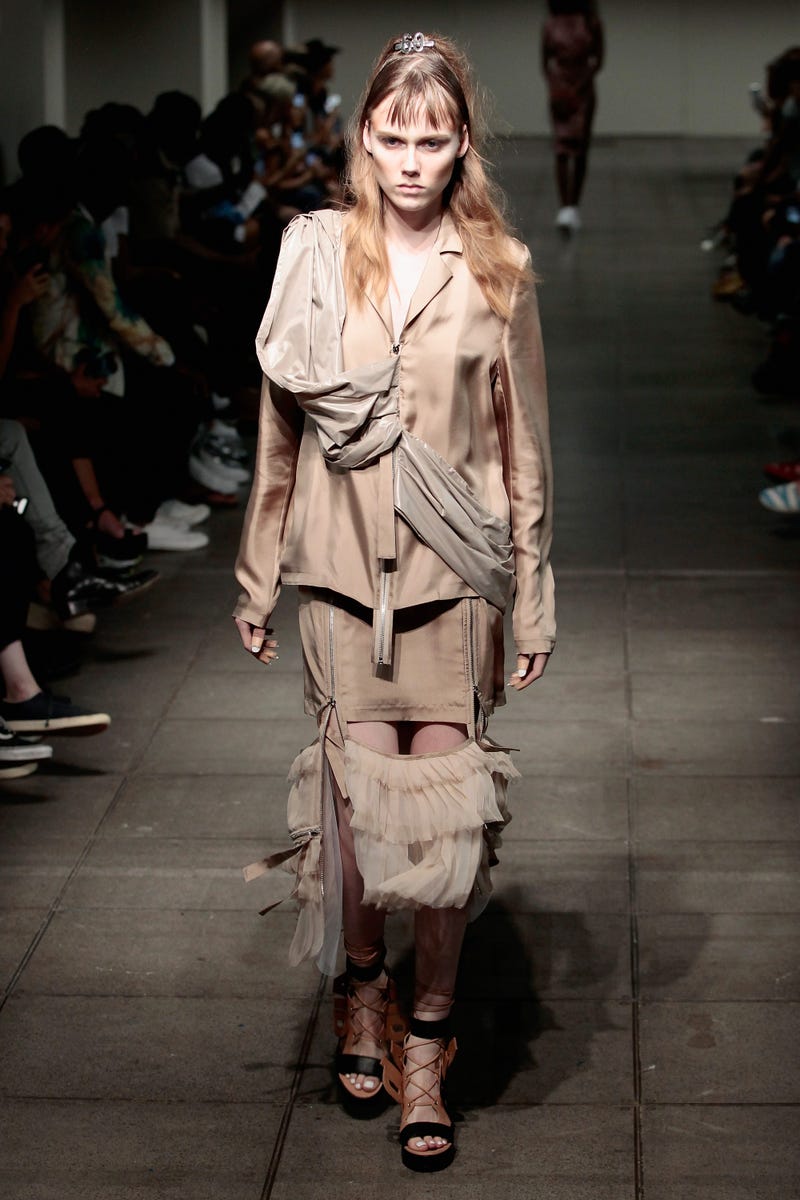
The image was taken in the bathroom at the British Fashion Awards on Monday night, while The X Factor judge was washing her hand, and there’s lines on the shelf above the sink that people have wrongly assumed are drugs.
The fashion journalist who captured the image posted it with the caption ‘sadness in her eyes’ but quickly deleted it after realising how it could be misconstrued.
Cheryl has always been staunchly against drugs, and there’s no evidence to suggest that it actually is drugs. More likely spilled Champagne left behind by another party goer, or reflection from a light above.
Now she has reportedly started legal proceedings to ensure the photograph does not appear online again, with her lawyers sending round a legal notice prohibiting its publication.
A source told The Sun: ‘It’s outrageous that someone in the fashion industry has taken a picture of Cheryl like this and posted it publicly. She absolutely despises drugs and any connection linking her to them is ridiculous. She was just using the toilet.



